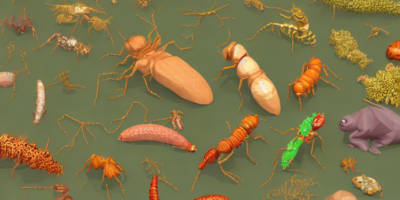Clustering is a technique used in data analysis to group similar objects together. There are different ways to perform clustering, but one important aspect is deciding on the optimal number of clusters. This number can be determined by presenting the data in different ways, such as showing how different sequences of DNA might belong to specific countries or continents. Another way to think about it is as an abstractness level, similar to how different cities might have different levels of similarity.
The article discusses different methods for defining the optimal number of clusters, including using data presentation requirements and interpreting the results as abstractness levels or hierarchical levels. It also mentions some common algorithms used in clustering, such as K-means and X-means, and their advantages and limitations.
Overall, deciding on the optimal number of clusters is a challenging task, but there are various ways to approach it depending on the data and the goals of the analysis. By using appropriate methods and considering different perspectives, analysts can make informed decisions about how to group similar objects together.
Genomics, Quantitative Biology
Optimizing Clustering Methods for DNA Barcoding: A Comparative Study



